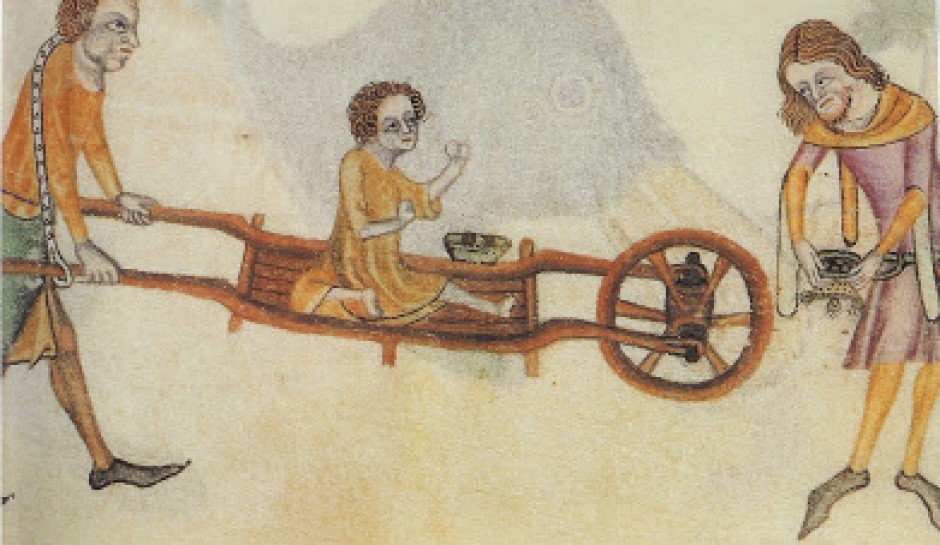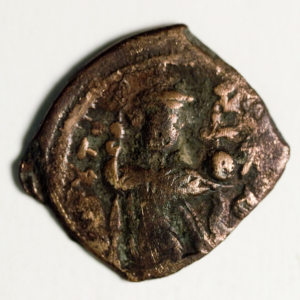December 5, 5 pm, 715 Hesburgh
Theme:
Material Culture
Speakers:
Anne Harris (DePauw University, Art History): “Matter, Sensation, Ecology: Material Approaches to Medieval Studies”
How does matter matter in medieval experience? How do we incorporate material approaches with spiritual ones in our investigations of medieval texts, images, and events? The recent publications of Caroline Walker Bynum (Christian Materiality; an essay on religion in late medieval Europe, Zone Books, 2011) and Mary Carruthers (The Experience of Beauty in the Middle Ages, Oxford, 2013) have brought these questions to the fore of Medieval Studies. New forays in the fields of philosophy, and ecology bring additional considerations to medieval matter. Object Oriented Ontology (OOO) asks after the existence and agency of objects and humans’ ethical relationships to things. New Materialisms explore the vibrancy of thing, and their intersection, indeed blending, with the human. Eco-criticism inquires into the shaping of environments and the resonance of materiality in meaning. At stake in these theories is a reconsideration of human subjectivity as a clearly bounded entity, a resulting argument for the permeability and contingency of the human, and a critique of things as passive and inert. The active objects of medieval devotion and theology, as well as the availability of human subjectivity to outside forces, be they divine or natural, positions the Middle Ages as an especially rich area of investigation for these new theories. In our time together, I hope to explore the opportunities and tensions of these publications and methodologies, as they seek to expand our ability to confront material experience in the Middle Ages.

Emily Kirkegaard (University of Notre Dame, Medieval Institute): “The Emperor’s Clothes: Material Culture on the Arab-Byzantine Border”
In the formative period of the fields of archaeology and cultural studies, numismatics (the study of coins) played a key role in the development of ideas and methods. Since the second half of the twentieth century, however, numismatics has been viewed as a field apart; left behind by historical archaeology and material-culture studies, numismatics has focused on providing dates for excavations, remaining highly descriptive and specialized. This misses the opportunity provided by the particular interplay of image, text, and materiality in coins, and the unique advantages of coins as objects of study provided by their role as monetary objects. The need to put coins back into the discourse of material culture has recently been articulated by Kemmers and Myrberg (2011). What, then, does it mean to consider coins within material culture studies?
With these questions in mind, this paper investigates the Arab-Byzantine coins excavated from Antioch. These coins have the potential to reveal a great deal about the transitional period of the seventh century, which witnessed the Umayyad caliphate replace the Byzantine empire as the dominant power in the eastern Mediterranean, and the scarcity of written sources makes this approach especially valuable. Yet, despite an increase of interest in the transition coins of the seventh century over the last twenty years, the Arab-Byzantine coins remain highly problematic, as the exact details of their minting and circulation are still uncertain. The coins excavated at Antioch in the 1930’s present a largely untapped source, and such a large number of coins in an archaeological context offers a valuable opportunity for regional study. In our discussion of the coins, we will ultimately retrace some of the developments of the field of material culture. We will first propose a typology and chronology for the coins, working within the traditional methodology of numismatics. We will then place the coins in the context of the archaeological site and the landscape of Northern Syria to reveal evidence for economic and urban history, before finally considering the implications of these coins for considerations of cultural changes, symbolic values, and the agency of objects.

